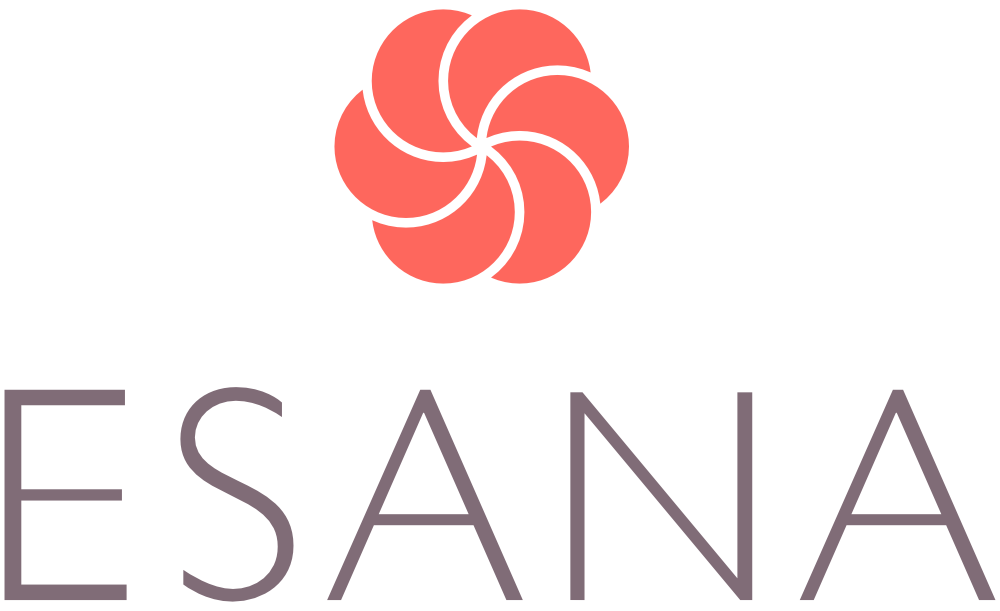CoolSculpting vs. the Tummy Tuck
You diet, you walk, you run – you may even do nightly crunches, but stubborn belly fat often seems impossible to reduce. “People find they lose subcutaneous fat more easily in the upper body, while belly fat remains,” says Dr. Davila, “a problem that only worsens through your 30’s, 40’s and beyond despite maintaining the same level of physical activity and dietary habits.”
To remove that stubborn belly fat, Esana patients often choose between CoolSculpting or abdominoplasty (commonly known as a “tummy tuck”). Which option is best for you? This depends on the amount of skin excess, preference of invasive versus non-invasive weighed against your desired results. If you don’t have significant skin laxity and are in overall good shape, CoolSculpting is a great choice to decrease defined bulges in the abdomen, flank, and thighs.
What exactly is CoolSculpting®?
The patented procedure, developed by Harvard scientists, uses a targeted cooling process called cryolipolysis that gently cools unwanted fat cells in the treated area so they slowly die off and are eliminated gradually without harming surrounding tissue. When we lose weight, our fat cells shrink but they remain in place. When we gain weight, those fat cells become larger again.
The CoolSculpting procedure actually reduces the number of fat cells in the treated areas (just like liposuction but without the entry incisions) with the welcome result that fat cells that have been eliminated are gone for good.
To carry out the treatment, special cooling panels are applied to target areas of unwanted fat. After a few minutes, the patient feels a sensation of intense cold, which soon dissipates. For the rest of the session—anywhere between 35 and 75 minutes depending on area treated—you can work on a laptop, read, or relax while seated comfortably or lying down. Afterwards, you can return to work or other normal activity since minor redness, tingling, numbness, or bruising is temporary. There is no need to skip a single day at the gym.
In the next few weeks, the unwanted fat cells are naturally eliminated. Most people see significant results within one to three months after treatment, at this point a follow up evaluation is conducted to identify areas that would benefit from a second treatment. As clothes fit better, many patients report feeling more comfortable with their body shape and report a boost in self confidence. Not surprisingly, physicians report a 95% satisfaction rate. Nearly 1.5 million CoolSculpting body contouring treatments have been performed in over 70 countries around the world.
When do I need a tummy tuck instead?
Women who have had several pregnancies may choose to have the tummy tuck or abdominoplasty instead to tighten abdominal muscles and eliminate excess abdominal skin. The tummy tuck is also a popular option for men or women who have lost excess weight but have persistent fat deposits associated with loose skin around the belly.
Since it is a major surgery, it is recommended for women to wait until they are done having children, since future pregnancies can separate the vertical muscles that are tightened during surgery and will stretch the skin again. If you are in the process of losing weight, it is best to wait until you are close to your goal to get the most ouf of the surgery. “A tummy tuck is not an alternative to dieting and exercise,” says Dr. Pan. “It is a contouring procedure rather than a solution to obesity.”
This operation typically involves reapproximating loose rectus muscles in addition to removing extra skin and fat, it usually takes between 2-3 hours for the average size patient. During a complete abdominoplasty, the physician makes the lower incision above the pubic mound, from one hipbone to the other. Skin and fat are lifted from the muscles to allow stretching of the skin flap for maximum resection. Once an appropriate amount of skin and fat has been removed, sutures are placed in the fascia of the abdominal muscles to pull them into a tighter position if needed. The upper edge of resection is approximated to the original lower incision with several layers of sutures, leaving one or two drains in place. Finally, the surgeon designs an opening through the redraped skin to allow the belly button to be connected at the right place. Patients with more fat in the upper abdominal area or flanks may also require liposuction, which lengthens the surgery but doesn’t usually affect recovery time.
“With proper medications and rest, most patients achieve good pain control after surgery,” says Gabby, Esana’s PA who has frequent contact with postop patients. For the first few days they are advised to avoid any exertion, but light walking around the house is recommended to maintain leg circulation and help avoid constipation. Lifting anything heavier than a glass of water is also not recommended for the first couple of weeks. Usually during the first or second week drains are removed, patients can take full showers and start taking longer walks. Most people are off work for about two weeks. A compression garment is recommended for the first 4 weeks after surgery to help the mobilized tissue heal well and reduce swelling. Unrestricted activity at the gym is not advised before six weeks.
A partial or mini abdominoplasty is often done on people who have mild to moderate skin excess limited to the lower abdomen. This operation does not relocate the belly button and provides a smooth lower abdomen with only the lower horizontal incision. It takes less time than a full abdominoplasty and has a faster recovery.
A consultation with one of Esana’s surgeons will help you decide which procedure is right for you and your personal goals. Whether you end up having a tummy tuck or CoolSculpting, you’ll look thinner, more sculpted, and the increased sense of self-esteem and confidence that comes with better fitting clothes will be your lasting personal reward.






